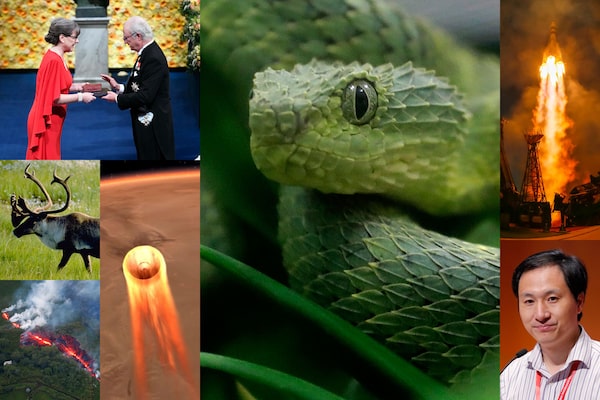
Photo illustration/The Globe and Mail (sources: The Associated Press, AFP/Getty Images, The Canadian Press, Reuters)

Answer: b. The other three women are widely considered to have done work that is Nobel-worthy, but they were either overlooked during their lifetimes or saw male colleagues awarded for the discoveries of which they were part.

Dec. 10, 2018: Canadian physicist Donna Strickland, left, receives the Nobel Prize from Sweden's King Carl Gustaf in Stockholm.
Pontus Lundahl/The Associated Press
Answer: a. While the long cable snapped as she was uncoiling it, the remaining 1.4-kilometre length proved to be enough to spread out the pulses of light before they were amplified and compressed to achieve a more powerful laser. The now widely used technique she pioneered is called “chirped pulse amplification.”
Answer: d. An accomplished polymath, Dr. Saint-Jacques also speaks five languages and holds a commercial pilot’s licence. Learn more about him in the mini-doc below.
Answer: b. The seismometer that InSight carried to Mars is sensitive enough to pick up the vibrations of meteorite impacts and use their echoes to map out the planet’s internal structure.

Dec. 11, 2018: A composite image made available by NASA shows the InSight lander on the surface of Mars. The InSight lander used the camera on its long robotic arm to snap a series of pictures assembled into a selfie.
NASA/JPL-CALTECH VIA THE ASSOCIATED PRESS
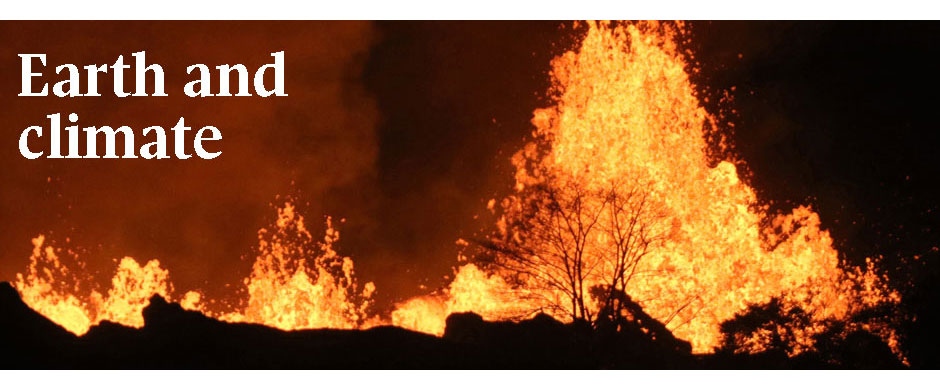
Answer: a. Estimates on when the Lava Fork volcano in northwestern B.C. last erupted range from 115 to 150 years ago. But there is no disputing that it is the site of Canada’s most recent eruption.
Answer: c. However, at present, the world is not on course to halt global warming within the Paris Agreement target, let alone the more ambitious 1.5 C target.
Answer: d. The nickname comes from the multi-tentacled hole in the ground that slowly digests unhappy prisoners in the Star Wars film Return of the Jedi.
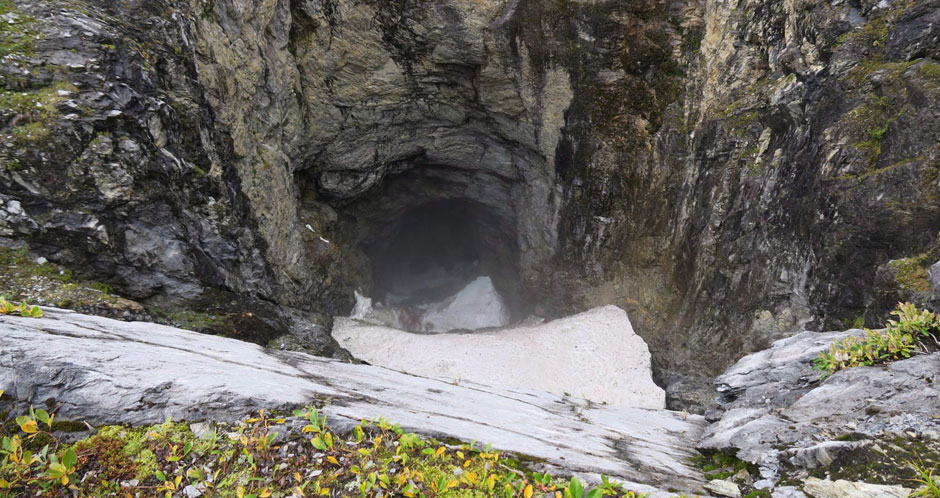
The "Sarlacc's Pit" cave in Wells Gray Provincial Park.
Tuya Terra Geo Corp., Catherine Hickson/The Canadian Press
Answer: c. The two small lakes, discovered with ground-penetrating radar, are estimated to be at a temperature of –10.5 C and kept liquid by their extreme saltiness. They may have been sealed off from their surrounding environment for up to 120,000 years, and therefore could host a unique community of microbes.
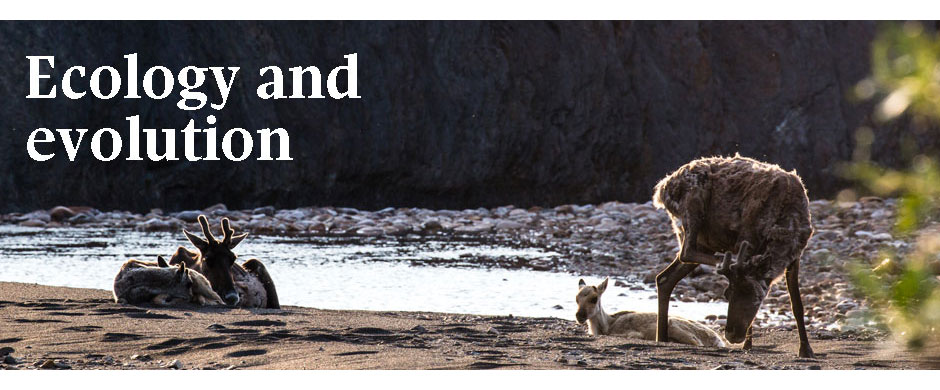
Answer: b. Scientists suspect that a rise in ocean temperature has shifted the whales’ food supply, which consists of tiny crustaceans known as copepods that sit suspended in frigid waters near the sea floor.
Answer: b. Members of a subspecies of woodland caribou on Graham Island, part of the Haida Gwaii archipelago, have not been seen since the 1930s. The population was declared extinct in 1984.
Answer: c. The butchery was witnessed by a University of Alberta biologist as part of a long-running study called the Kluane Red Squirrel Project. In their report, scientists posit that male squirrels may kill the young of their rivals when food is abundant, banking on the chance that females will give birth again – this time to the killer’s offspring – in the same breeding season.
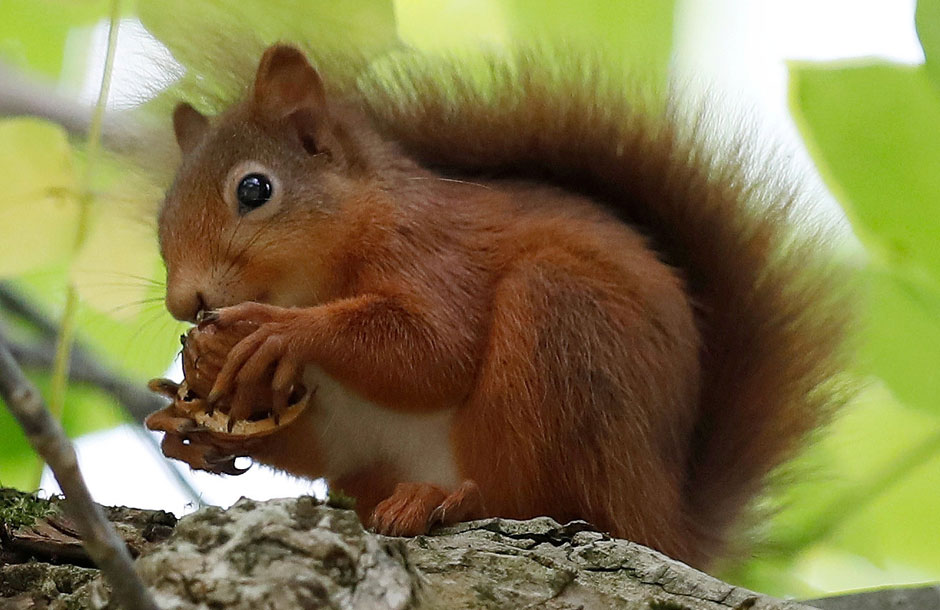
Don't worry, this squirrel isn't committing infanticide. That's a walnut.
Russell Cheyne/Reuters
Answer: d. The embryonic or baby snake is less than five centimetres long. Along with a fragment of shed snake skin, it was encased in tree resin which then fossilized. The rare find was discovered at an amber market in Myanmar.
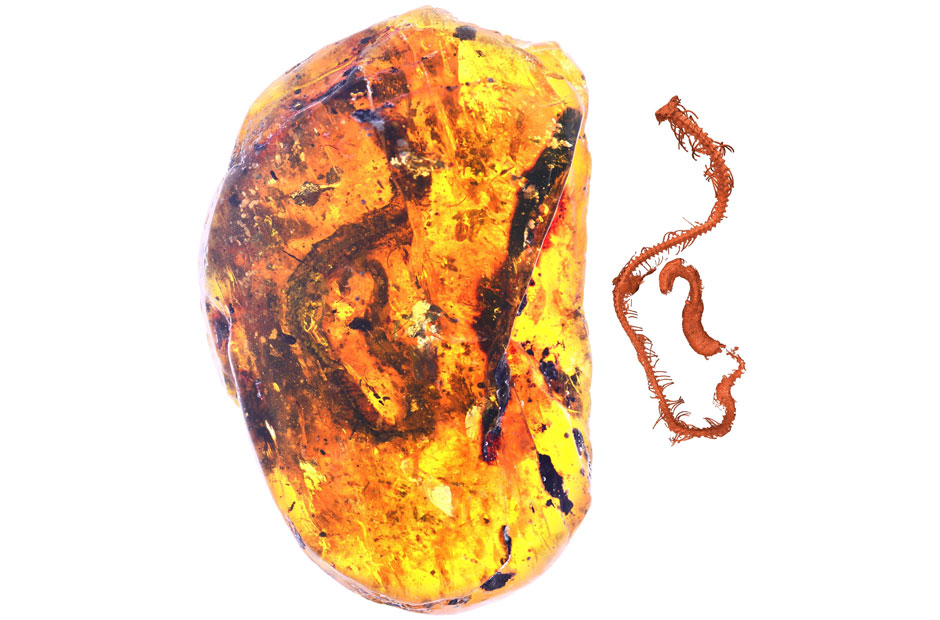
The fossil of a baby snake caught in amber, left, and a 3-D reconstruction of the fossil by Ming Bai.
Ming Bai/University of Alberta/The Canadian Press

Answer: a. The California two-spot octopus is normally an anti-social creature that avoids other members of its species except when mating. In the study, octopuses that were given the drug MDMA (ecstasy) showed a strong preference for mingling with others. Researchers say the study could help pinpoint the neurochemical channels that MDMA activates and lead to new treatments for social anxiety in humans.
Answer: b. Dr. He said he targeted the gene CCR5 to create a mutation that is thought to produce resistance to HIV-1, one form of the virus that causes AIDS. Many scientists have condemned the controversial experiment because of the potential risks of the technology and the ongoing ethical debate over making changes to an individual’s DNA that can be passed on to future generations.

Nov. 28, 2018: Dr. He Jiankui speaks at the Human Genome Editing Conference in Hong Kong.
Kin Cheung/The Associated Press
Answer: b. Working with a patient who had had brain surgery to relieve epileptic seizures, Dr. Milner was able to demonstrate in the 1950s that the brain’s temporal lobe is crucial for encoding long-term memories.

Dr. Brenda Milner, shown in 2005.
Christinne Muschi/The Globe and Mail
Answer: c. In a pilot study involving subjects from seven different European countries and Japan, all the subjects tested positive for plastic particles in their stool samples. The makeup of the particles matches what is commonly used in plastic food packaging.

Answer: a. The analysis suggests that further development of cryptocurrencies will exact a serious environmental cost unless the world moves to more efficient and non-carbon-emitting forms of generating electricity.
Answer: d. In contrast, Asian respondents tended to prioritize sparing pedestrians while those in Latin America and the Caribbean were more likely to prioritize sparing females and the young.
Answer: d. In a study published last April, a pair of computer scientists showed that a boat heading southwest from the Pakistan coastal city could thread between Madagascar and Africa, skirt the tip of South America and then cut across the Pacific Ocean until it hit Russia’s Siberian coast, without ever having to change direction.
Answer: c. For those with Twitter-conditioned eyes, the crisscrossed lines drawn with red ochre vaguely resemble a hashtag.

A stone flake discovered in a South African cave that researchers say has the oldest known drawing by Homo sapiens on its surface.
Henshilwood, C.S. et al. via The New York Times
How well did you do?
Having trouble viewing this quiz on a mobile app? Try this link
 Ivan Semeniuk
Ivan Semeniuk